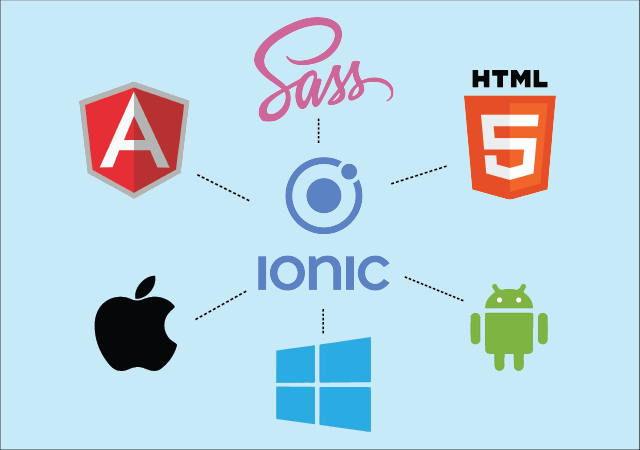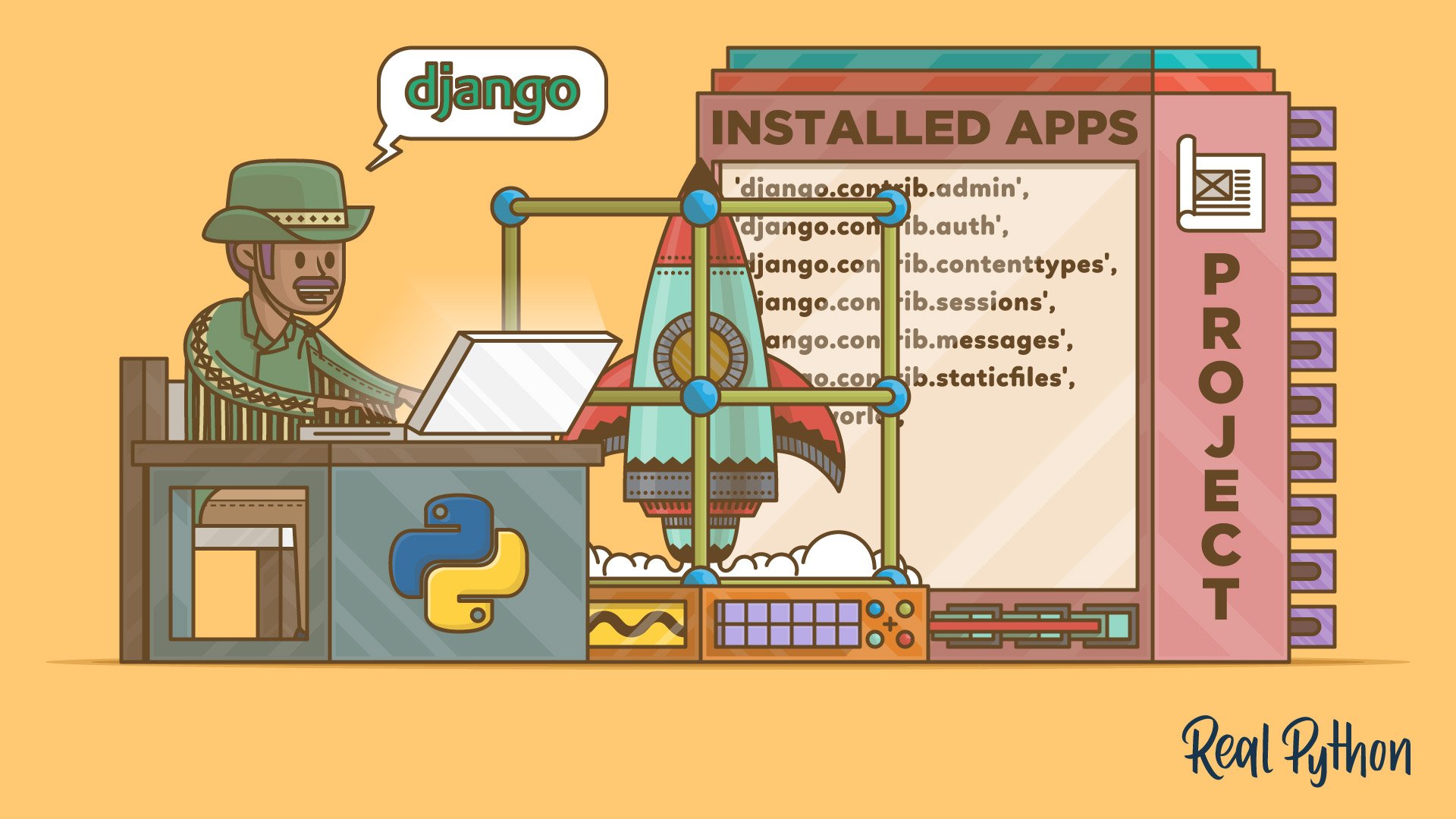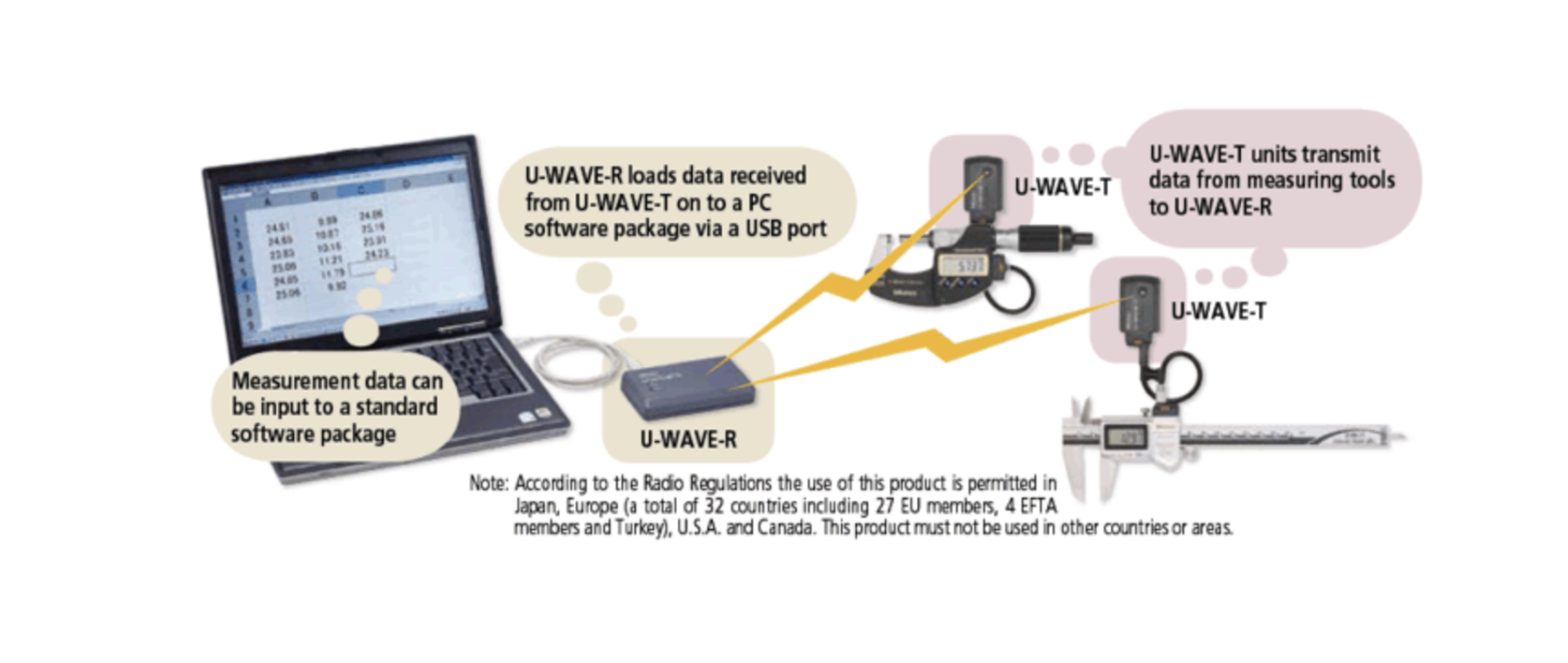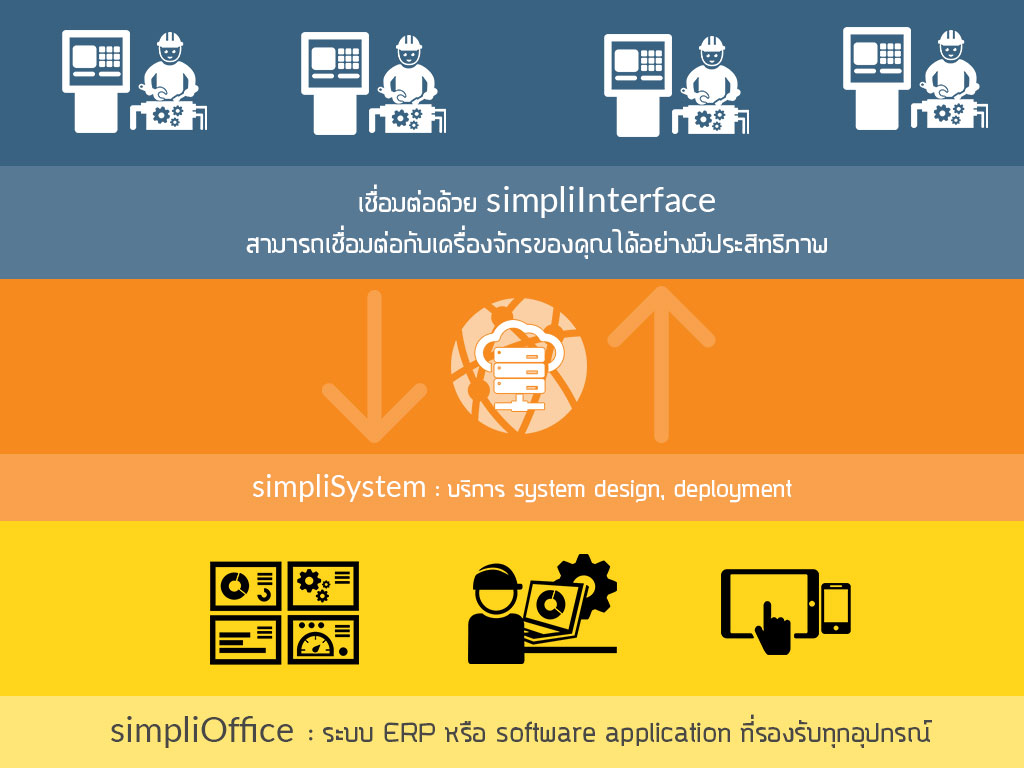When to Choose Rasa vs Langchain for Building Chatbots
As AI chatbots become central to user interaction, developers are increasingly faced with an important decision: Should I use Rasa or Langchain?
While both are powerful frameworks for building conversational agents, they serve very different purposes. Choosing the right one depends on your use case, goals, and how much control you want over the conversation and its logic.
In this post, we’ll break down the strengths of each and help you make the right decision.
🔷 What is Rasa?
Rasa is an open-source framework for building reliable, rule-based or machine-learned task-oriented chatbots. It provides everything you need for:
- Intent classification
- Entity extraction
- Dialogue state tracking
- Custom conversation flows
- Form handling
- On-premise deployment
Typical use cases:
- Customer support
- Order tracking
- Appointment scheduling
- Internal HR or IT assistants
Rasa shines in predictable workflows and enterprise environments where data privacy, hosting control, and explainable logic matter.
🔷 What is Langchain?
Langchain is a framework for building LLM-powered agents. Instead of defining rules and intents, you let a large language model like GPT-4 or Claude think, reason, and act using tools like:
- Document search (via vector databases)
- Web APIs
- SQL databases
- Custom functions (Python REPL)
Langchain is best when you want a bot that:
- Reads and understands long documents
- Answers questions from a knowledge base
- Writes code, emails, or reports
- Performs multi-step reasoning
⚖️ Rasa vs Langchain: A Quick Comparison
| Feature | Rasa | Langchain |
|---|---|---|
| Main purpose | Workflow-driven chatbot | LLM agent with tools & memory |
| Best for | Customer service, forms, lead gen | Document Q\&A, smart assistants, coding bots |
| Memory/Context | Dialogue state tracker | Chat history + vector store memory |
| Training | Requires NLU training data | Mostly zero-shot with LLM prompting |
| Hosting | Fully self-hosted possible | Usually cloud-hosted (depends on LLM API) |
| LLM integration | Optional (via response selectors or custom code) | Core feature |
| Ease of control | High — deterministic behavior | Less control — based on LLM generation |
| Language support | Multilingual with NLU pipelines | Multilingual with LLM capabilities |
✅ When to Choose Rasa
Go with Rasa if:
- You need deterministic conversations with clear rules
- You want on-premise hosting and data privacy
- You’re handling structured workflows like ticketing or booking
- You need multilingual support with control
- You want fallback mechanisms and detailed analytics
Example:
A retail customer service bot that checks order status, initiates returns, and updates customer info across platforms.
✅ When to Choose Langchain
Choose Langchain if:
- You want a smart assistant that understands open-ended queries
- You need retrieval-augmented generation (RAG) from PDFs, Notion, etc.
- You want to use LLM tools (e.g., Google search, Python REPL, APIs)
- You’re building a bot that can reason, summarize, or generate content
Example:
A legal assistant that answers questions by reading PDF contracts and summarizing clauses.
🔁 Bonus: Use Rasa with Langchain
You don’t have to choose just one. For the best of both worlds:
- Use Rasa for controlling the conversation flow, intent recognition, and slot filling
- Call Langchain agents from Rasa when you need smart, generative answers
Example:
A support bot that handles product issues using Rasa, but sends queries to Langchain when a user asks to "summarize this user manual."
🧠 Conclusion
- Use Rasa for structured, explainable, task-driven bots with full control
- Use Langchain when you need flexible, intelligent, LLM-powered responses
- Combine both when you need structured conversations + smart reasoning
Understanding your users’ needs is the first step — then pick the right tool to serve them.
Get in Touch with us
Related Posts
- 经典编程思维 —— 向 Kernighan & Pike 学习
- Classic Programming Thinking: What We Still Learn from Kernighan & Pike
- 在开始写代码之前:我们一定会先问客户的 5 个问题
- Before Writing Code: The 5 Questions We Always Ask Our Clients
- 为什么“能赚钱的系统”未必拥有真正的价值
- Why Profitable Systems Can Still Have No Real Value
- 她的世界
- Her World
- Temporal × 本地大模型 × Robot Framework 面向中国企业的可靠业务自动化架构实践
- Building Reliable Office Automation with Temporal, Local LLMs, and Robot Framework
- RPA + AI: 为什么没有“智能”的自动化一定失败, 而没有“治理”的智能同样不可落地
- RPA + AI: Why Automation Fails Without Intelligence — and Intelligence Fails Without Control
- Simulating Border Conflict and Proxy War
- 先解决“检索与访问”问题 重塑高校图书馆战略价值的最快路径
- Fix Discovery & Access First: The Fastest Way to Restore the University Library’s Strategic Value
- 我们正在开发一个连接工厂与再生资源企业的废料交易平台
- We’re Building a Better Way for Factories and Recyclers to Trade Scrap
- 如何使用 Python 开发 MES(制造执行系统) —— 面向中国制造企业的实用指南
- How to Develop a Manufacturing Execution System (MES) with Python
- MES、ERP 与 SCADA 的区别与边界 —— 制造业系统角色与连接关系详解














